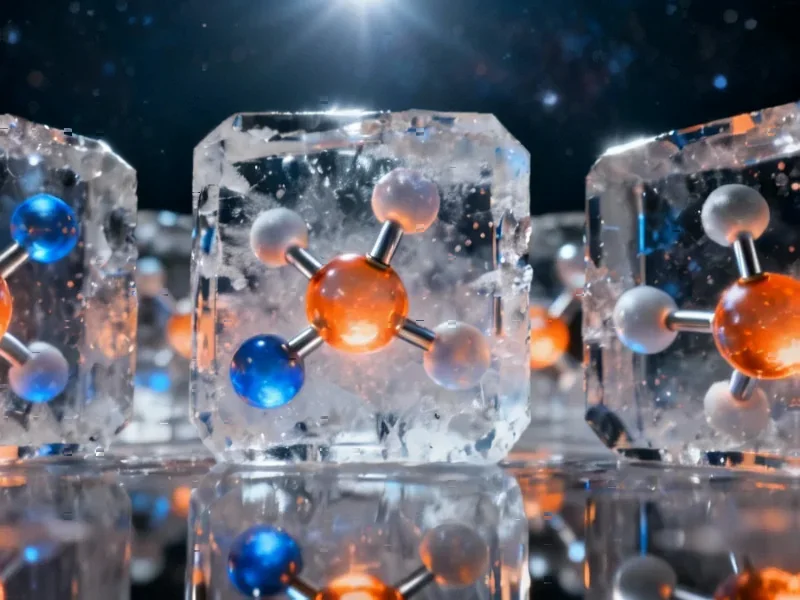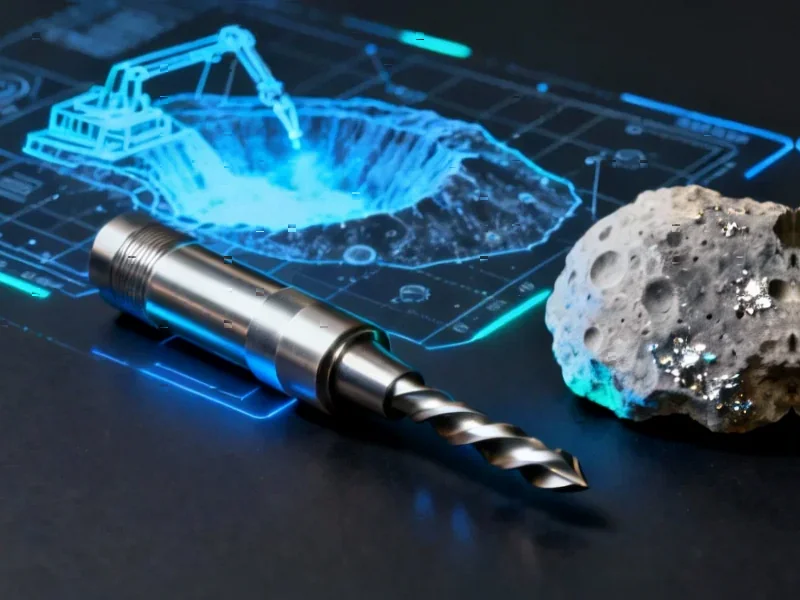According to Phys.org, an international research team led by University of Colorado Boulder scientists has uncovered key steps in how complex carbon molecules form in deep space. The study, published in the Journal of the American Chemical Society, reveals how radiation transforms common polycyclic aromatic hydrocarbons (PAHs) into sophisticated fullerenes, including the famous buckyball structures. Lead researcher Jordy Bouwman and his team used electron bombardment to simulate space radiation effects on PAH molecules, discovering that the process causes molecular rearrangement into structures containing both hexagons and pentagons – the essential building blocks of buckyballs. The findings provide crucial insights into how carbon transforms in the interstellar medium, potentially explaining the chemical precursors that formed our solar system billions of years ago. This breakthrough opens new avenues for understanding cosmic chemistry.
The Cosmic Carbon Economy
What makes this discovery particularly significant is the economic and industrial potential it reveals. Buckyballs and fullerenes aren’t just cosmic curiosities – they represent a multi-billion dollar industry with applications ranging from drug delivery systems to advanced materials science. The market for fullerenes and carbon nanomaterials has been growing steadily, with projections suggesting it could reach $6.8 billion by 2027 according to various industry analyses. The challenge has always been production scalability and cost efficiency. Current manufacturing methods involve complex processes like arc discharge or laser ablation, which are energy-intensive and produce limited yields. This research suggests that nature has already perfected a more elegant manufacturing process in the vacuum of space, using nothing more than common carbon compounds and radiation as catalysts.
Space Manufacturing Implications
The study’s methodology at the Free Electron Lasers for Infrared eXperiments (FELIX) facility reveals something profound about future manufacturing possibilities. If simple radiation can transform basic carbon structures into highly valuable nanomaterials, this could revolutionize how we approach space-based manufacturing. Companies like Made In Space and other commercial space ventures are already exploring manufacturing in microgravity environments. This research provides a chemical roadmap for potentially creating high-value nanomaterials using naturally occurring space radiation as the primary energy source. The implications for in-situ resource utilization are staggering – instead of launching expensive materials from Earth, future space missions could manufacture advanced carbon structures using locally available carbon and cosmic radiation.
The Astrochemical Detection Revolution
This research arrives at a pivotal moment in astronomical observation capabilities. With the James Webb Space Telescope now operational, scientists have unprecedented tools to test these laboratory findings against actual cosmic observations. The study essentially provides a “chemical fingerprint” that astronomers can now search for in interstellar clouds. This represents a significant shift in how we approach astrochemistry – moving from passive observation to hypothesis-driven investigation. The ability to recreate space chemistry in laboratories and then verify those findings with space telescopes creates a powerful feedback loop that could accelerate our understanding of cosmic chemical processes. This methodology could become the new standard for investigating complex molecular formation throughout the universe.
Industrial Applications and Challenges
While the cosmic implications are fascinating, the terrestrial applications are equally compelling. The discovery that PAHs can be transformed into more complex structures through controlled radiation exposure suggests new approaches to nanomaterial synthesis. However, significant challenges remain in scaling these processes for commercial production. The energy requirements for electron bombardment, safety considerations for handling radioactive processes, and purification of resulting compounds all present substantial hurdles. Yet the potential payoff is enormous – buckyballs and related fullerenes have shown promise in everything from superconductors to antiviral medications. Understanding their natural formation process could lead to more efficient artificial synthesis methods, potentially lowering costs and expanding applications across multiple industries.
Future Research Directions
The next phase of this research will likely focus on scaling the process and exploring variations in radiation types and intensities. Different cosmic environments produce different radiation profiles, and understanding how these affect molecular transformation could reveal even more efficient pathways. Additionally, researchers will need to investigate whether similar processes occur with other common space molecules beyond PAHs. The commercial space industry should pay close attention to these developments, as they could inform future manufacturing strategies for space-based operations. As we move toward establishing permanent presence in space, understanding how to leverage natural cosmic processes for manufacturing becomes increasingly valuable – turning what was once purely scientific curiosity into practical industrial knowledge.




